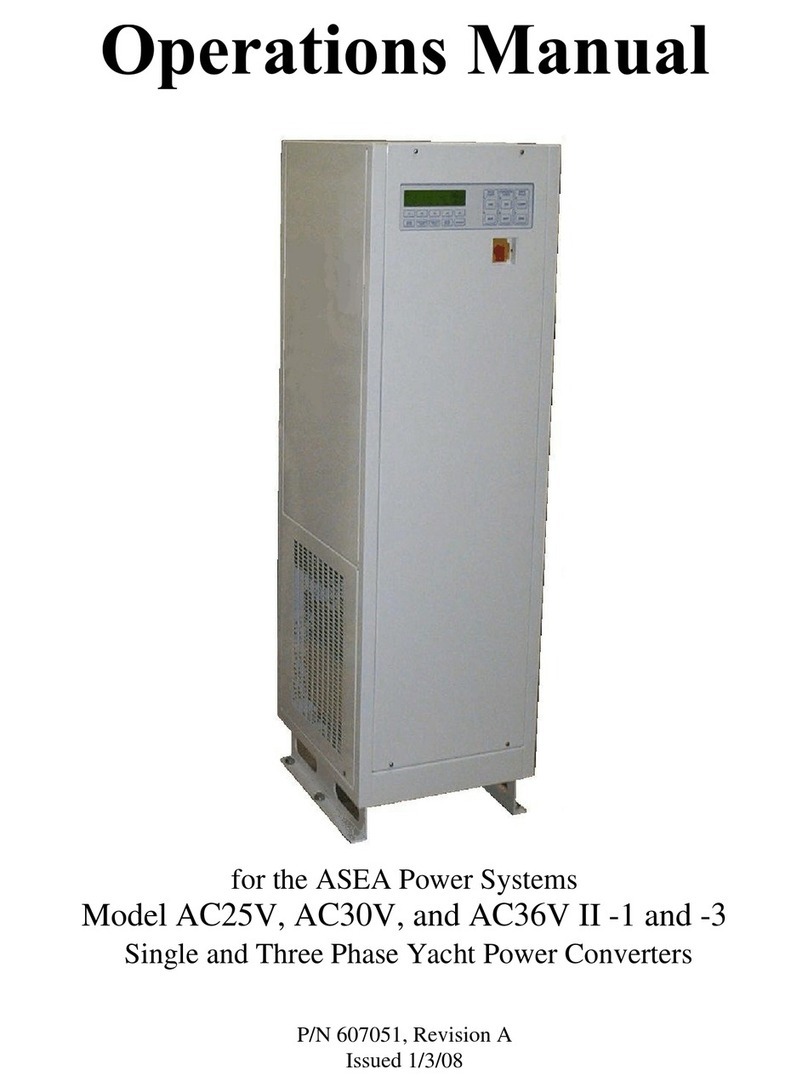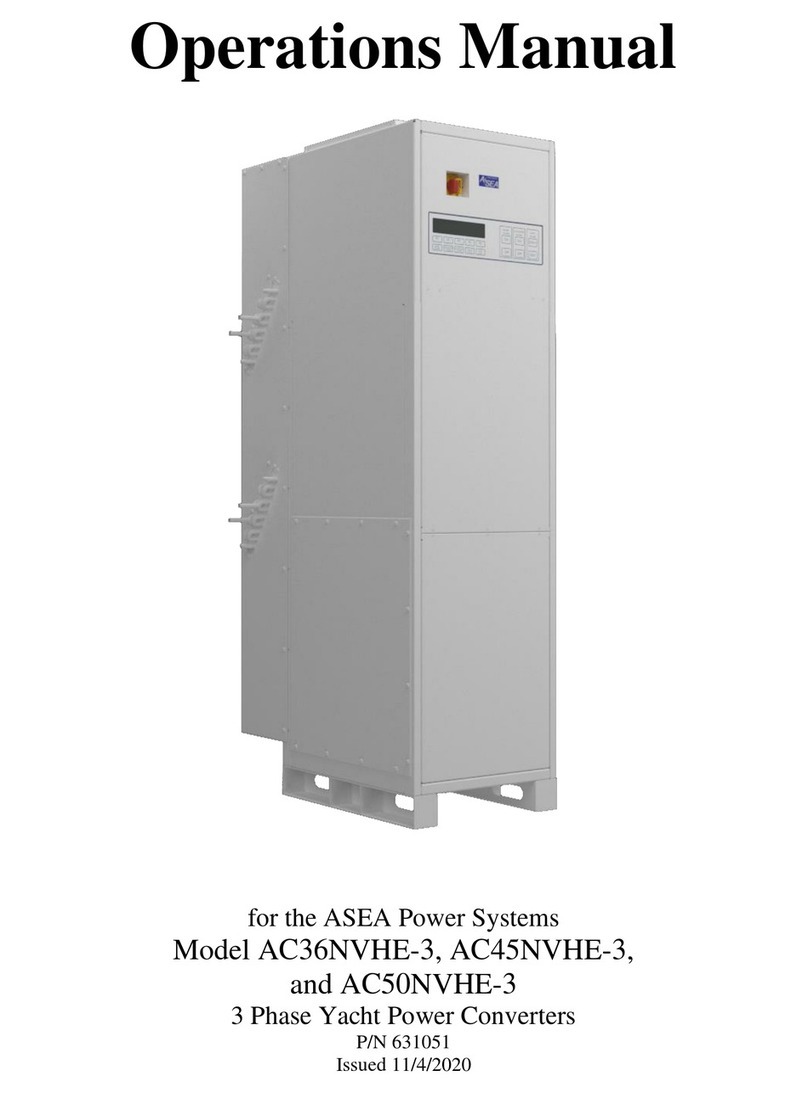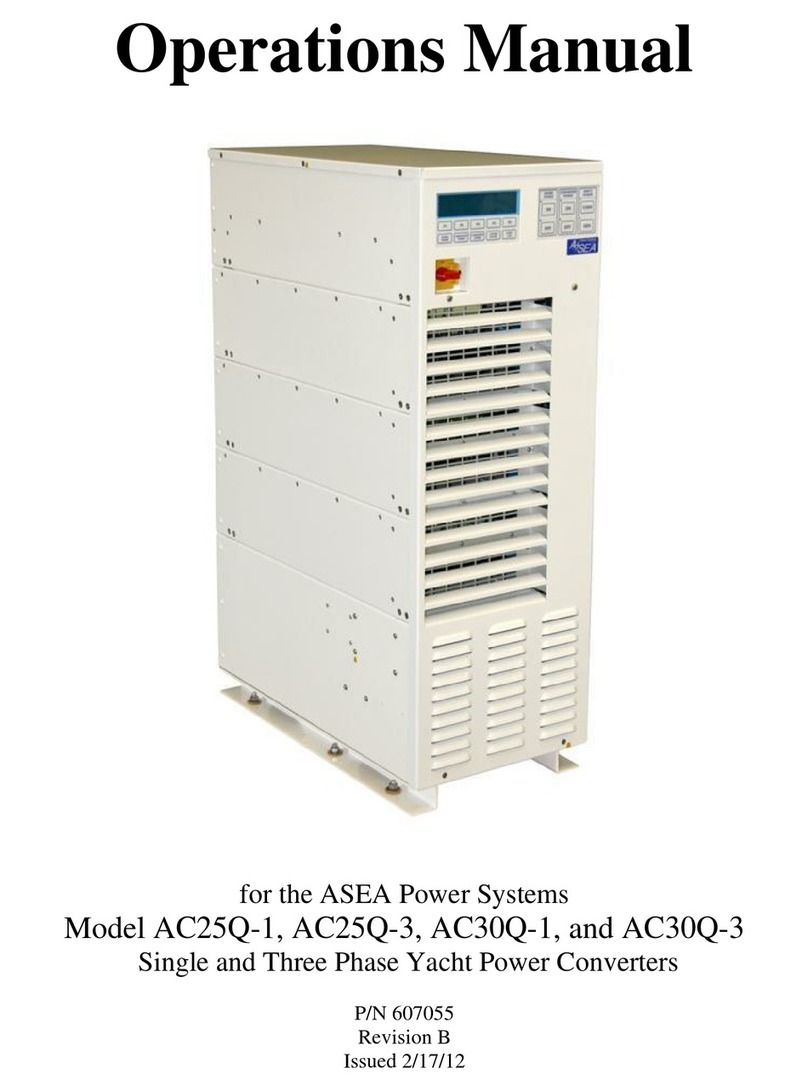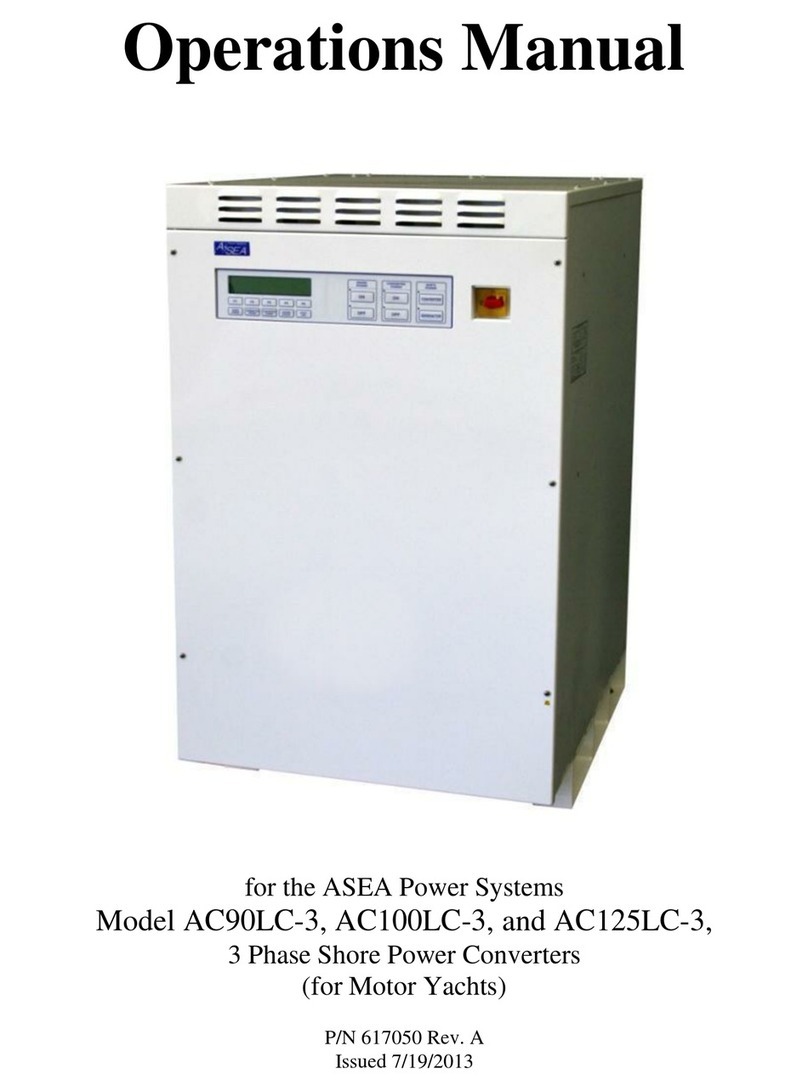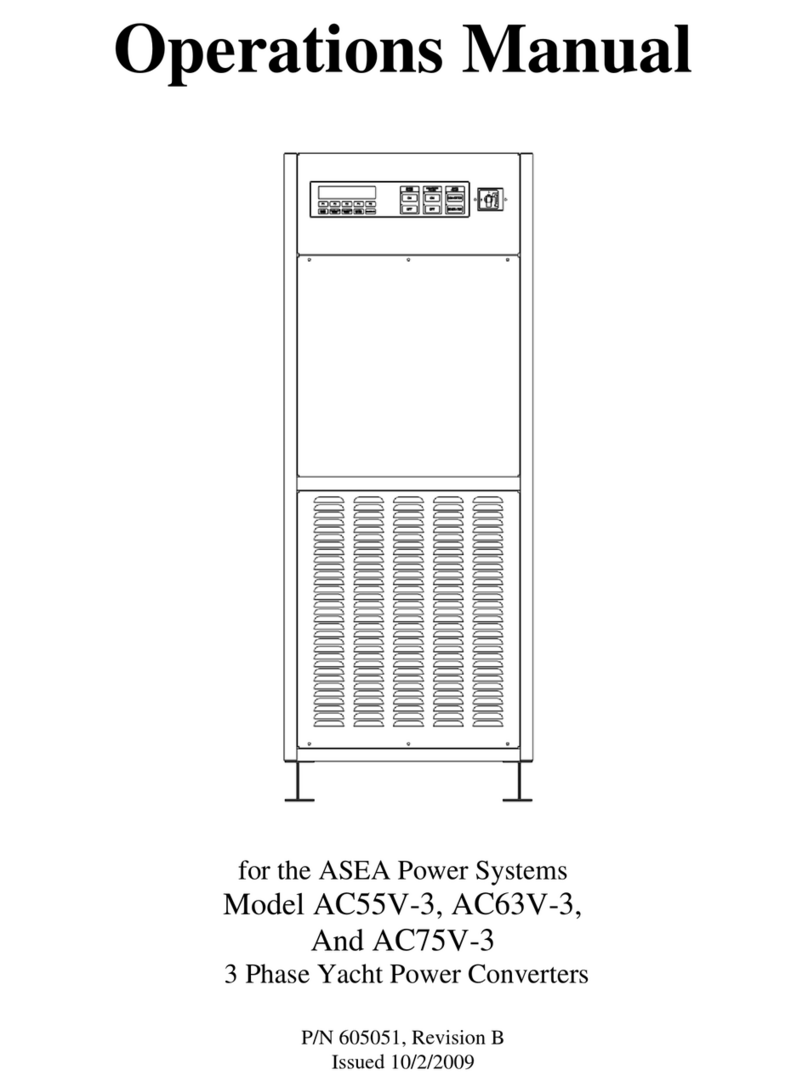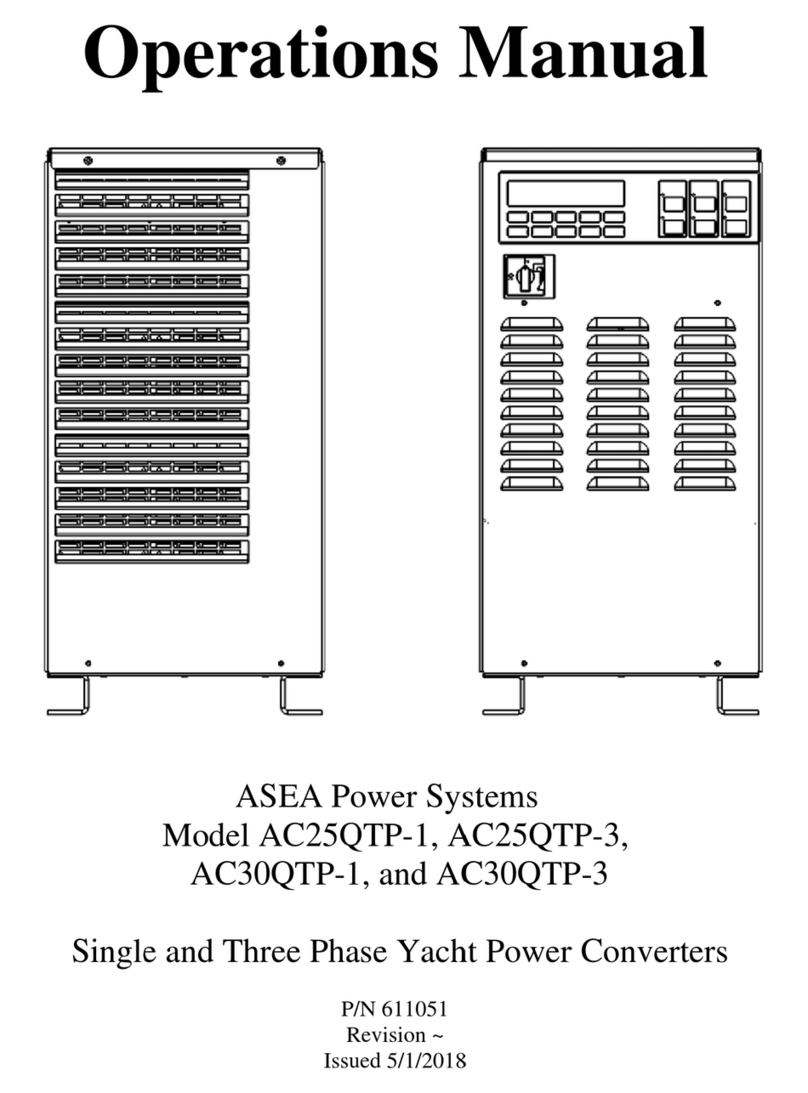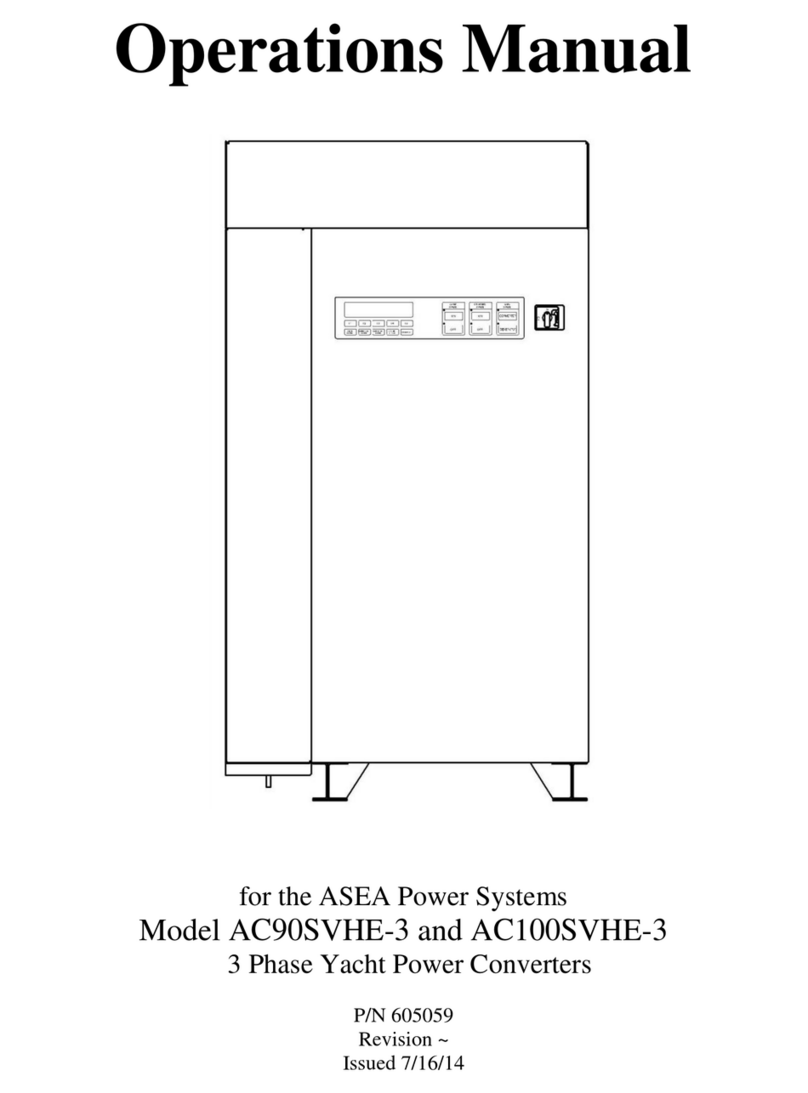
AC15QTP And AC20QTP Operations Manual....4
TABLE OF CONTENTS
CERTIFICATION .......................................................................................................................... 2
WARRANTY ................................................................................................................................. 2
1USING THIS MANUAL........................................................................................................ 3
2SAFETY NOTICES................................................................................................................ 6
3INTRODUCTION TO THE AC15QTP AND AC20QTP ..................................................... 8
4SPECIFICATIONS............................................................................................................... 10
4.1 ELECTRICAL SPECIFICATIONS.............................................................................. 10
4.1.1 Input Service............................................................................................................. 10
4.1.2 Output Service .......................................................................................................... 10
4.1.3 Control, Metering, and Status................................................................................... 12
4.2 PHYSICAL SPECIFICATIONS .................................................................................. 12
4.2.1 Mechanical................................................................................................................ 12
4.2.2 Environmental........................................................................................................... 12
5INSTALLATION ................................................................................................................. 13
5.1 MECHANICAL INSTALLATION.............................................................................. 14
5.2 ELECTRICAL INSTALLATION ................................................................................ 17
5.2.1 Input Power Connections.......................................................................................... 18
5.2.2 Output Power Connections....................................................................................... 19
5.2.3 Grounding................................................................................................................. 19
5.2.4 Cable Preparation...................................................................................................... 20
5.2.5 Multi-Cabinet Connections....................................................................................... 22
5.2.6 Seamless Transfer Connections................................................................................ 23
5.2.7 Other Optional Connections ..................................................................................... 24
6OPERATION........................................................................................................................ 25
6.1 POWER TURN-ON PROCEDURE............................................................................. 25
6.1.1 Systems Not Equipped With The Seamless Transfer Option................................... 27
6.1.2 Systems Equipped With The Seamless Transfer Option.......................................... 28
6.2 MULTI-CABINET OPERATION................................................................................ 30
6.3 AUTO-RESTART FEATURE...................................................................................... 31
6.3.1 Operation................................................................................................................... 32
6.4 TURN-OFF PROCEDURE .......................................................................................... 32
6.4.1 Systems Not Equipped With The Seamless Transfer Option................................... 32
6.4.2 Systems Equipped With The Seamless Transfer Option.......................................... 33
6.5 REMOTE COMMUNICATIONS................................................................................ 34
6.5.1 RS-232C/SCPI.......................................................................................................... 35
6.5.2 RS-485/Modbus........................................................................................................ 36
7SOFTWARE FEATURES.................................................................................................... 37
7.1 GENERAL.................................................................................................................... 37
7.2 LOAD MANAGEMENT.............................................................................................. 37












